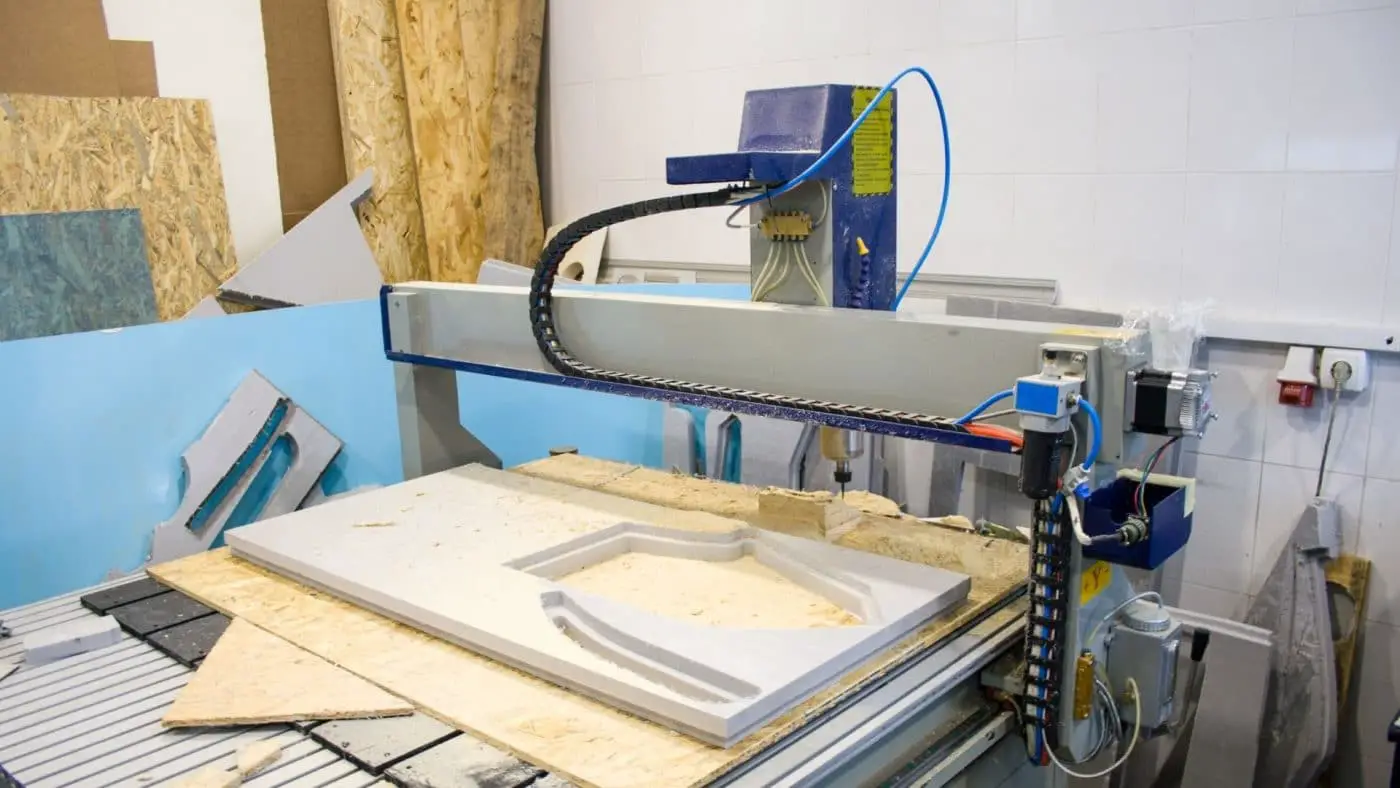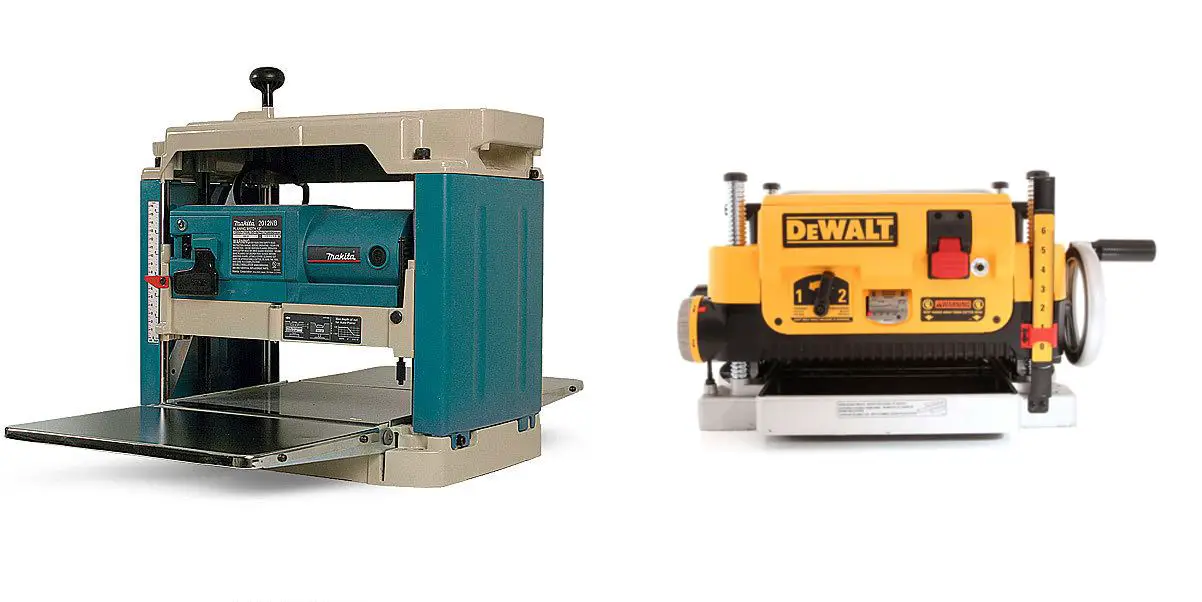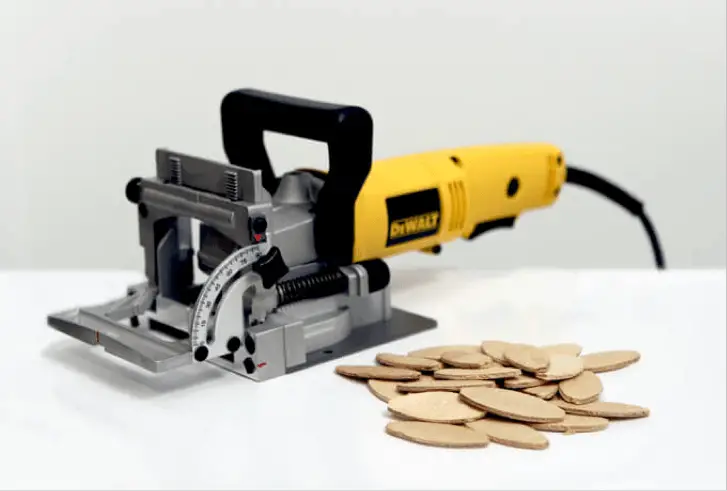Power Tools
What is a Router Table for Woodworking
Is a router table a must-have in your workshop? Yes! Perhaps you're a professional who already understands the value of this handy tool.
All the same, if you're a beginner who's not purchased a router table, this piece will help you better understand what a router table is and why it is important to have one in your workshop.
What is a router table for woodworking?
This is a fixed woodworking power tool whereby the vertical spindles protrude from the table and can be rotated at different speeds, usually between 3000 & 24000 RPM. You can also mount cutter heads on the spindle chuck. Since the wood is fed to the router table, the cutter heads come in handy in casting a profile into the wood.
A router table has a vertical fence, where the wood is placed and steered to limit the cut's horizontal depth. That being said, router tables are utilized to improve the flexibility of a hand-held router since each application is suited to a precise purpose.
For instance, huge workpieces might be too big to be handled on a router table, thus most suited for a hand-held router. On the other hand, small workpieces are best handled on a router table compared to a hand-held router.
Types of router tables
Router tables are available in two types;
Benchtop router table
Freestanding router table
Freestanding router table
These are typically spacious surfaces that can be utilized as standalone tables. They have detachable legs, thus versatile enough to be utilized as benchtop router tables, as well.
Benchtop router table
Usually, these tables are more lightweight and smaller, making them highly portable. Benchtop tables are explicitly built to place on top of other workbenches and tables. What's more, they feature brackets that make it easier to fix them on tabletops.
How to use a router table
Using a router table is rather straightforward. Typically, you can use it in these three ways:
With the use of a fence
It works as a securely fixed guide to the router table's surface. You can adjust the distance from the router blade. You can then steer the workpiece towards the router blade, along the fence, where the blade will mold a profile as the workpiece moves along.
No fence
The template that has to be copied is placed on top of the wood. Then, utilize a router bit and a ball bearing guide fixed on top of the router bit. Then you will drag the ball bearing guide along the template, allowing the router bit to drill into the wood, molding a shape similar to the templates.
With a pin router
You can either pin down or pin up the pin routers. Initially, woodworkers used a pin bulging from the router table's surface, and the router bit above it was positioned on a modifiable arm that motions down and up to the material.
All the same, this method was risky due to the exposed router bit, which is near where you might position your hands. Thus, in 1976, woodworkers created the upturned pin router with the pin at the top and the router blade bulging from the tabletop.
The template required to be copied is fixed on the material and positioned on the table. The pin or router bit is let down close to the material. Then use the pin as the guide to pass through the template areas that require cutting to develop a template copy.
Since the router blade has not begun cutting, you can remove the template, and it can be reused several times.
Uses of a router table
As mentioned above, a router table is essential in the workshop. It is used for different purposes, including:
Profiling edges
Perhaps, profiling edges is the most common utilization of a routing table. You can see this on furniture, tables, and other wooden items' edges. Profiling edges requires the shrillness of a tabletop edge, which will ultimately change the appearance of the workpiece.
There is a wide range of router bits, and they can each develop different edge designs depending on your needs. Besides, using a routing table for profiling edges is more effortless than sanding.
Cutting rebates
The grooves on wood edges are known as rabbets or rebates. Typically, they're used to build furniture and come in handy in the tasks that call for 90-degree joints. Again, they're utilized to insert panes in the window frames put in place with putty.
Conventionally, rebates were manually cut utilizing a chisel, though a router is swifter, easier, and more precise and delivers a more professional-looking final product.
Copying templates
Duplicating a template with a bearing bit and a router table becomes more straightforward. You can use tape or screws to secure the template on the workpiece, then copy the template and remove it for reusing.
Box joinery and dovetail
To make high-quality boxes and cabinets, most woodworkers prefer dovetailing. It results in a beautiful workpiece. Nonetheless, making precise dovetails can be challenging if you're not using a router and template. So, for an easier time making beautiful furniture, use a router and template.
Stopped cuts and blind joints
Cabinets and other household furniture usually have stopped cuts and blind joints that don't reach the wood's edge, thus invisible once the cabinet is put together. These joint types are very difficult to develop by hand, though they are easy to achieve using a fence on a router table.
The fence requires fixing two stops, one where the cut will begin and the second where the cut ends.
Why You Should Trust Us
At Woodworking Tool Guide, we know one size doesn't fit all! We cater to every woodworker, from beginner to pro, with insights and recommendations tailored to your skill level, project needs, and budget. We take the guesswork out of choosing the right tools, whether you're tackling your first crafting a masterpiece for the ages. So grab your chisel, join our community, and let's build something amazing together!
Woodworking Tool Guide wasn't just born, it sprouted from a seed of passion for the craft. What started as a joyful exploration blossomed into a trusted online haven for fellow enthusiasts like you. We pour our love into meticulously chosen review selections, meticulous hands-on testing, and lab-backed insights, all to empower you with reliable, comprehensive information you can build on. So, grab your tools, trust our guidance, and let's build something beautiful together!
Passion-Driven Expertise
Our journey started with a shared love for woodworking. The team behind the Woodworking Tool Guide is comprised of individuals who are not just writers but passionate woodworkers themselves. This shared enthusiasm ensures that our content is crafted with a deep understanding of the craft and an authentic appreciation for quality tools.
Top Tool Guides Online
Woodworking Tool Guide has rapidly ascended to become one of the premier online destinations for tool guidance. Our commitment to excellence and the accuracy of our information has positioned us as a reliable source for both beginners and seasoned woodworkers seeking trustworthy advice on the best tools for their projects.
User-Centric Approach
Our content caters to every woodworker, from rookies just starting out to seasoned pros tackling intricate projects. We tailor our insights and recommendations to your skill level, project needs, and budget, ensuring you find the perfect tools to match your unique woodworking journey. So step into your workshop, grab your tool belt, and let Woodworking Tool Guide be your trusted companion as you craft your masterpieces.
Continuous Support and Innovation
Woodworking is an ever-evolving craft, and so is our commitment to supporting you. We are dedicated to bringing you the latest information on woodworking tools, techniques, and trends. Our team is actively working to expand our content and bring you more valuable insights, ensuring that you stay well-informed in your woodworking adventure.
Hands-On Experience
Ditch the endless research rabbit hole! At Woodworking Tool Guide, we believe in actionable advice, not armchair analysis. We get our hands dirty, putting every tool through its paces in real-world woodworking scenarios. Whether it's the precision of a table saw, the versatility of a router, or the tactile satisfaction of a handplane, we test for performance, durability, and user-friendliness. No more sifting through dry specs – we deliver practical insights you can trust to transform your woodworking dreams into reality.
Woodworking Tool Guide isn't just a review site, it's your trusted companion on the sawdust-filled path to woodworking mastery. Our expert team, led by veteran David Jones, meticulously tests and explains tools in terms you understand. We cut through the jargon, bias, and confusion with real-world insights and honest evaluations. Join our passionate community, where decades of experience, cutting-edge knowledge, and shared love for the craft come together to guide you every step of the way. So grab your chisel, buckle up, and let's embark on this exciting woodworking adventure, together!
Conclusion
A router table is more versatile than a hand-held one. The router on the table is ideal for attaining numerous woodworking tasks. It allows you to avoid any hassles usually exhibited by a hand-held router.
Again, the router table is useful when making finger joints, end-grain routing, and lock miter. Besides, as a woodworking machine, it has significantly evolved since its invention. Currently, you can purchase an all-around pack, which will come with all the accessories you require to start woodwork routing.
Lastly, if you're a beginner, it would help if you had a router table, among other essential woodworking tools.







